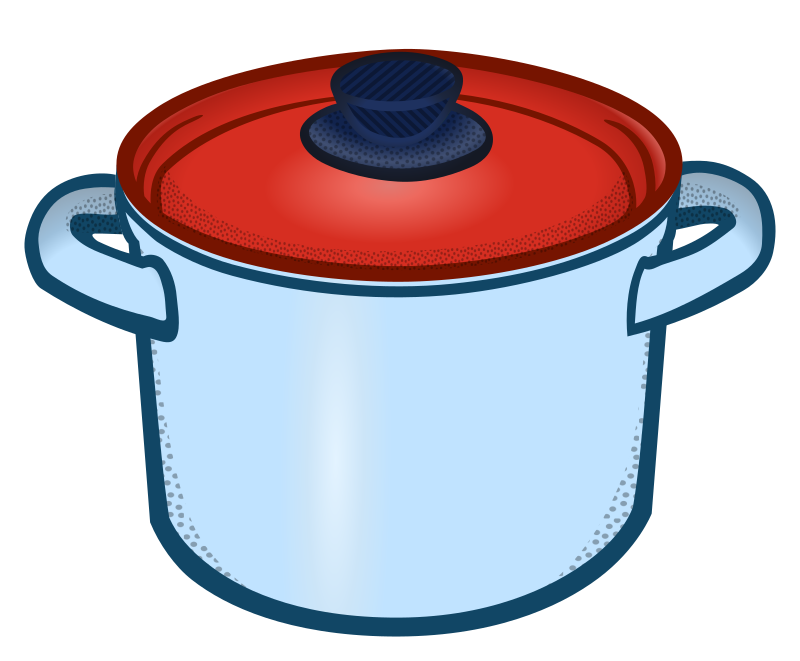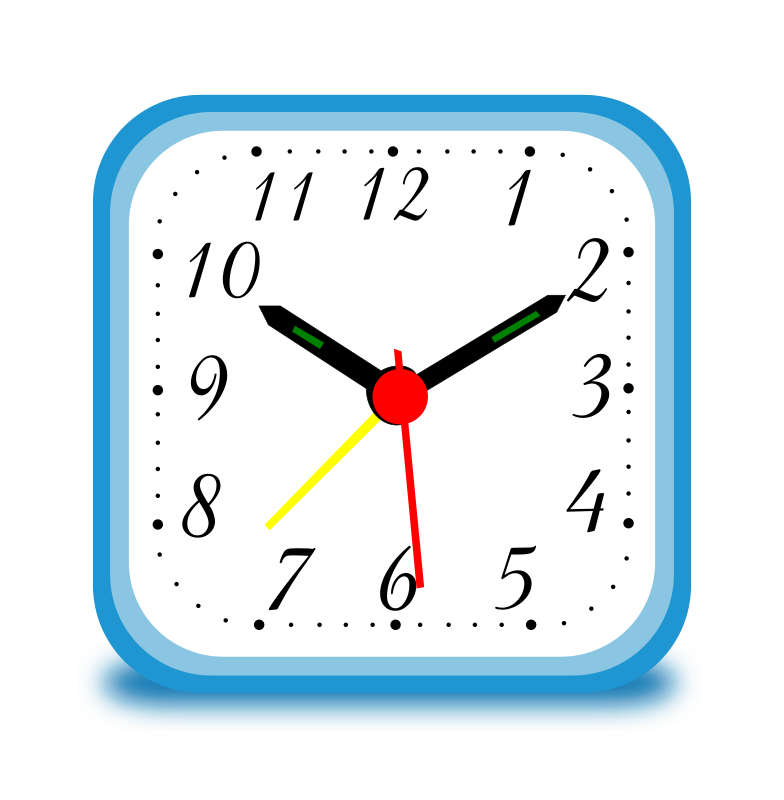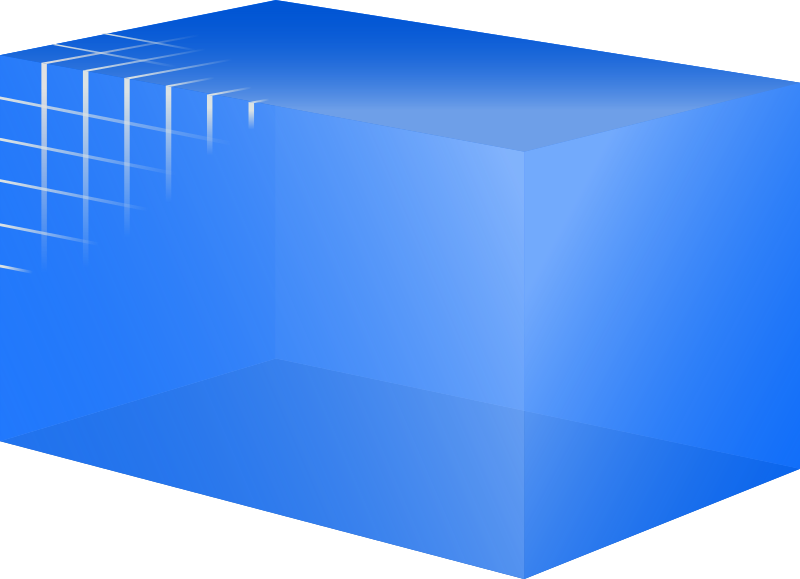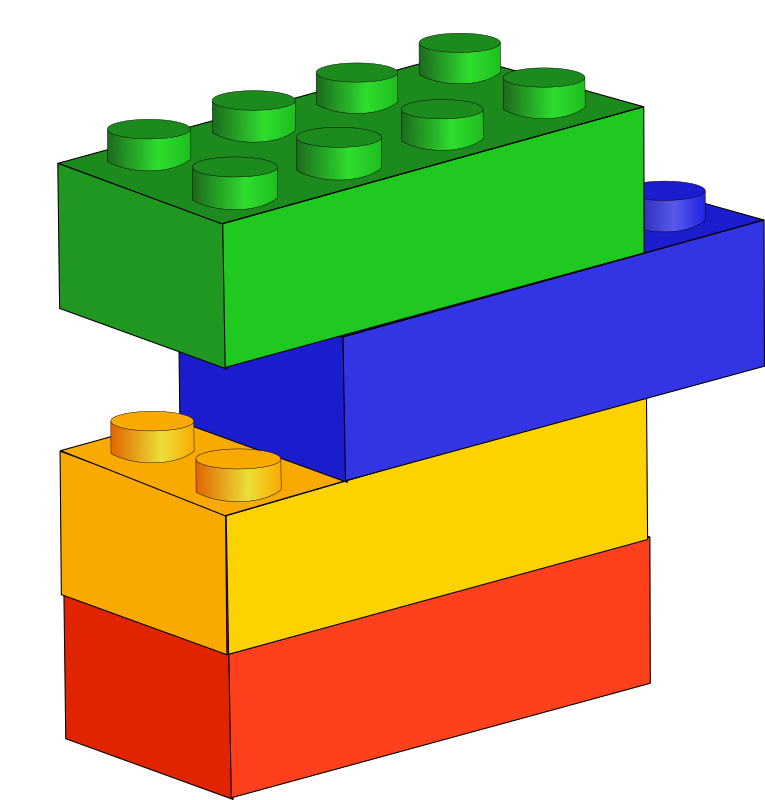Django Apps and Databases, Part 2 (#24)
Last week we went through the second stage of the rather painful process of setting up a simple Django example. For most people, this is not really a simple process, and if you have managed to survive through it, you have done well. A project from scratch The quick summary of beginning to set up [...]










